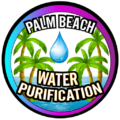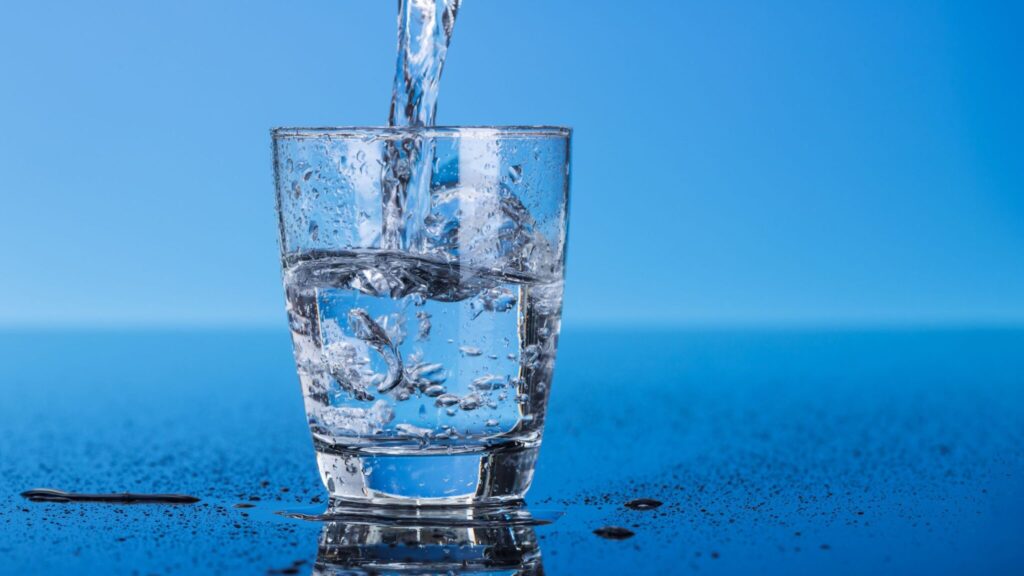We get our water from municipal water sources or underground wells. Municipal water is treated at a plant where chemicals are added to ensure it does not contain pathogens, is clear, and lacks smell. It then travels through miles of old pipes to our faucet. Water from wells falls from the sky and picks up contaminants as it drains into the aquifer. Whether you get your water from the city or a well, it can contain dirt, minerals, chemicals, and other impurities that make it smell and taste bad or have a strange color. Worse, some of these contaminants are a danger to our health causing a wide range of diseases, including cancer. A quality water filter can purify water by removing a wide range of contaminants and improving its color and taste.
When looking for a Quality Filter, what are some of the basics I should look for?
Pathogen Removal
A quality water filter should remove bacteria and parasites from your drinking water. Germs such as Salmonella, Campylobacter, and Norovirus are transmitted through water. These diseases can cause problems ranging from discomfort to diarrhea to death. A quality filter will remove each of these from your water.
Eliminate Chlorine
Municipal water utility companies use chlorine to treat drinking water to help neutralize pathogens. Chlorine is highly effective at killing many of the bacteria found in water and can also eliminate some viruses. Chlorine is linked to cancer in humans. In addition, chlorine can make drinking water smell and taste unpleasant. When chlorine interacts with organic material, it creates THMs (Trihalomethanes), a hazardous compound that is also linked to cancer. A quality filter must remove chlorine from water.
Removing Dangerous Lead
Lead is a neurotoxin when ingested, especially in children. It can affect learning abilities and lead to premature birth rates, high blood pressure, and joint pain. Lead commonly gets into drinking water when it leeches into the water supply from old pipes or the solder used to join them together. A quality water filter must remove lead from your water.
Pesticide and Chemical Removal
Pesticide and fertilizer use has grown significantly over the last several decades. To compound matters, pesticide residue in drinking water is rising because modern organic pesticides dissolve in water and quickly enter the water supply through runoff into lakes, streams, and aquifers. Pesticides and herbicides are linked to cancer. A quality water filter must remove pesticides, herbicides, and volatile organic compounds from drinking your water.

